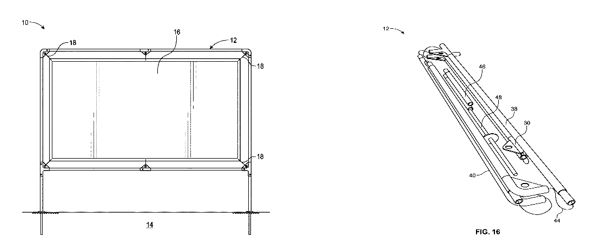TODAY’S PATENT – DISCOIDAL FISHING FLOAT
The Discoidal Fishing Float was invented by Bert Spoonemore (Moore, OK) on the 19th of October, 1993, bearing patent number US5253445A.
The present invention is directed to a fishing device which represents a considerable improvement over the plastic jugs that are traditionally used in jug fishing. In accordance with the invention, a float for use in jug fishing takes the form of a flat disk constructed of a buoyant material such as foam. The opposite sides of the disk are painted contrasting colors such as yellow and red so that a clear visual indication is given as to the side facing upwardly at any time. The fishing line is tied at one end to a center post recessed in one side of the float (the yellow side, for example). The opposite side of the float may be painted red and has a counterweight at its center. The disk normally floats with the yellow side up, and the counterweight assures that the disk is stable in its normal position. The fishing line carries a weight and one or more fish hooks. When a fish strikes on one of the hooks, the downward pull on the line inverts the float so that the red side then faces upwardly to give the fisherman a clear visual indication of a strike.





 +1 888 890 6411
+1 888 890 6411